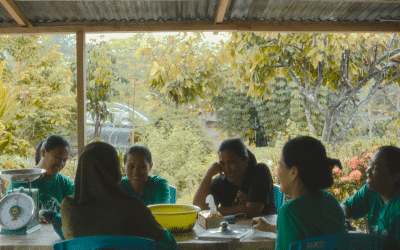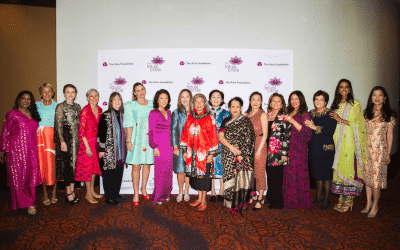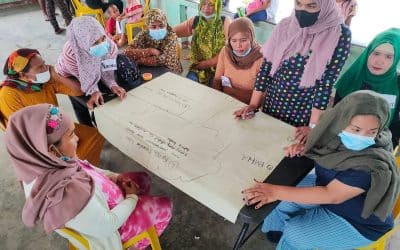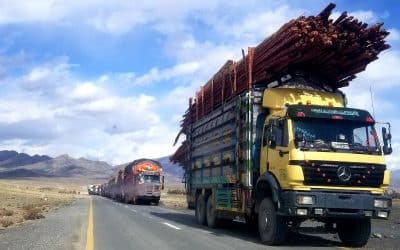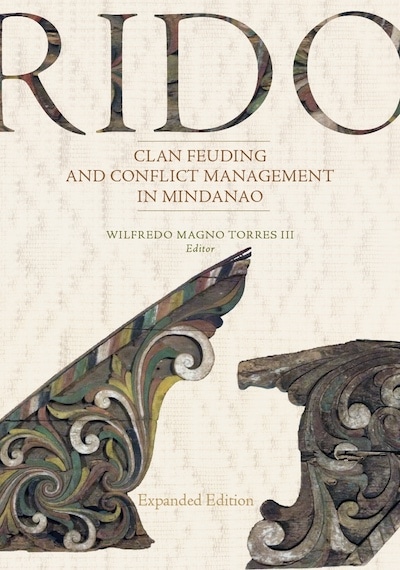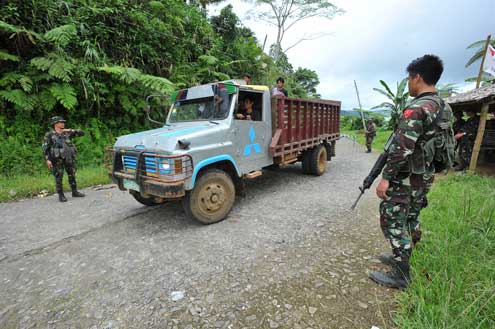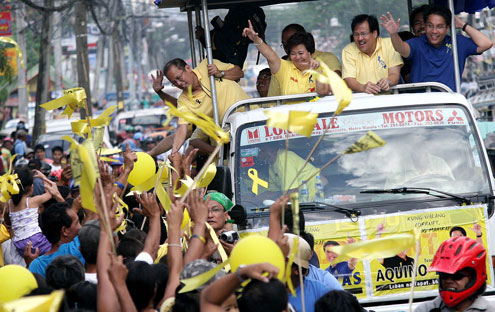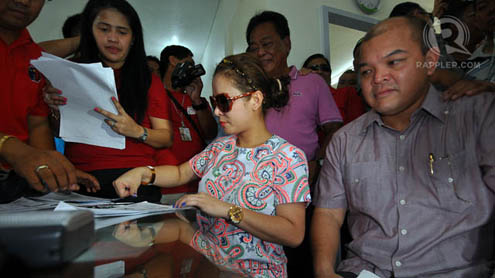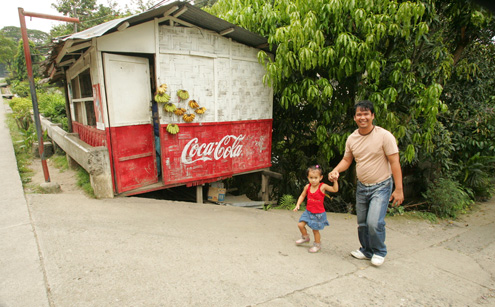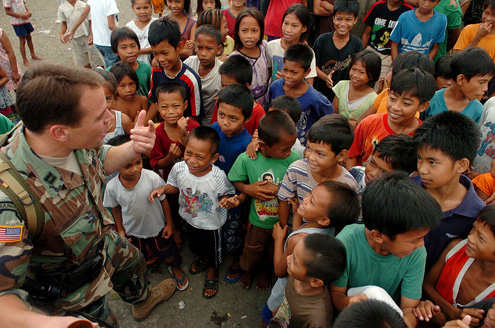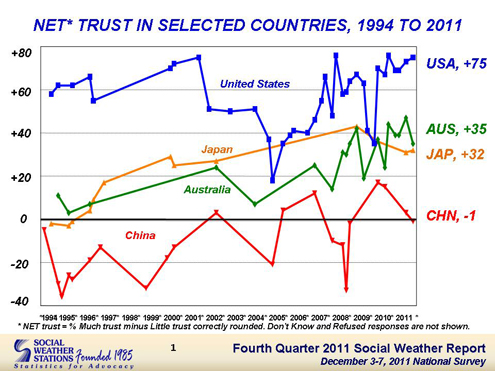A Conversation with Mongolian Free Press Advocate Naranjargal Khashkhuu
InAsia
Insights and Analysis
A Conversation with Mongolian Free Press Advocate Naranjargal Khashkhuu
August 13, 2014
 As The Asia Foundation recently marked its 20th anniversary in Mongolia, Country Representative Meloney Lindberg sat down with Naranjargal Khashkhuu, president and CEO of the Globe International Center and longtime Asia Foundation grantee, to discuss the
As The Asia Foundation recently marked its 20th anniversary in Mongolia, Country Representative Meloney Lindberg sat down with Naranjargal Khashkhuu, president and CEO of the Globe International Center and longtime Asia Foundation grantee, to discuss the 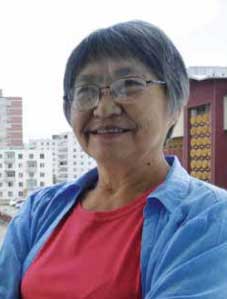 country’s current media landscape, the media’s role in elections and shaping public opinion, and Mongolia’s right to information law.
country’s current media landscape, the media’s role in elections and shaping public opinion, and Mongolia’s right to information law.
Globe International has been at the forefront of the movement toward greater freedom of the press. What is the state of media freedom in Mongolia today?
The Mongolian media has made great strides, partly because in the early and middle 1990s, international donors, including The Asia Foundation, were very active here promoting ideas like public service journalism and freedom of the press. It was a great time for building a free press in Mongolia. But toward the end of the 1990s, politicians started questioning the benefit of a free press. They realized that the media is a very important and powerful tool to reach out to the public, and they started to bribe them and later started their own television channels and newspapers. Now ordinary people can’t really distinguish between paid content and real, professional journalism, and therefore they do not really know what the truth is.
We worked together closely during the last parliamentary elections to ensure that women’s voices were abundant in the election process. What role does the media play in shaping public opinion in Mongolia?
The role of the media in elections is crucial because the media informs and educates the voters, both through journalism and political advertising. So, the media has a dual role. But one of these roles, educating the voter, has become a very low priority for the media. Instead, most media outlets see elections as an opportunity to generate income from campaign advertising, and because Mongolian election law does not really distinguish between professional election coverage and paid advertising, changing this situation will also require improving the legal framework. Of course, media outlets have to generate income, but they must generate it in a more professional way. Mongolia’s government allocates billions of tugriks of public funds to the media, and it’s not transparent how this money is being spent. We recently requested information from the ministries on how the so-called “information and advertising” budget is spent, and we discovered the majority goes to the media. The good news is that now we can get this type of budget allocation information through the Law on the Right to Information, whereas before, it was impossible. But we have to keep pushing.
You were at the forefront of the campaign for Mongolia’s Law on Information Transparency and Right to Information, adopted in June 2011. Can you talk a bit about that campaign?
We spent 10 years trying to get this law passed, starting with an awareness program in 2001. The public and Members of Parliament were not clear on the distinction between freedom of information and media freedom. During the first roundtable at the Government House, where we invited the U.S. Ambassador to talk about freedom of information with 17 members of Parliament, every discussion turned into one about journalism and ethics rather than the concept of freedom of information. We had to change our tactics; we could not give up, because we had many newly elected MPs and we had to start educating them. Finally, in 2011, the Law on Information Transparency and Right to Information was passed. But the government is not promoting the law, and even public officials are unaware of it. We felt we couldn’t wait another 10 years to get the law implemented, so we sent a development proposal to the UN Democracy Fund, which was approved. Now we are working to raise awareness of the Law in 20 soums and eight aimags.
As one of the early grantees of The Asia Foundation, what are some of your recollections of working with us?
My personal relationship with The Asia Foundation started when I was working at Mongolian TV and served as the vice president of the Mongolian Free Democratic Journalists Association, which was a member of the International Organization of Journalists. At Globe International, our very first project together was called Stairwell Democracies, which worked with apartment owners’ associations from 2003 to 2004 to inform citizens of their rights and to educate them on existing laws and rules of construction, which was booming at that time.
Globe International has been an important partner in our new transparency initiative, the Strengthening Transparency and Governance in Mongolia (STAGE) program. What role does Globe International play in that initiative?
Traditionally, we run media campaigns to raise awareness about initiatives, but for this project we wanted to create more innovative ways to raise public awareness, particularly among the youth. We produced lively audio and videos, and targeted the online media, which is more appropriate for the young audience. Globe International will continue its work raising public awareness, particularly through the arts because that is a great tool to change people’s thinking.
As someone on the forefront of fighting corruption in Mongolia, how do you assess the state of corruption in Mongolia today?
People think that corruption is a new phenomenon in Mongolia, but it is actually rooted in Manchurian rule. Sometimes it seems like it’s too late to do anything about corruption and that nobody is fighting. Personally, I think change starts with the family, with the children. Sometimes, though, especially with conflict of interest issues, it is difficult to change the old ways of doing things, especially in Mongolia’s small, close-knit communities. But people say that if you say something 100 times it becomes true; that’s why we have to keep teaching, and after some time, their minds will change. If we don’t continue this fight, we will lose our values.
What have been The Asia Foundation’s main contributions to improving lives and expanding opportunities in Mongolia, and how do you see the Foundation’s role over the next 20 years?
The Asia Foundation was one of the first NGOs to come to Mongolia, and it focused from the beginning on empowering leaders. The Foundation supported many study trips for these leaders, and there are few people among our civil society leaders who haven’t received some assistance from The Asia Foundation. The Foundation played a big role in bringing new ideas to Mongolia and supporting the transition to democracy and human rights, which it continues to do today. I think the Foundation will continue to make a difference because it fulfills a need of Mongolian society.
About our blog, InAsia
InAsia is posted and distributed every other Wednesday evening, Pacific Time. If you have any questions, please send an email to [email protected].
Contact
For questions about InAsia, or for our cross-post and re-use policy, please send an email to [email protected].The Asia Foundation
465 California St., 9th Floor
San Francisco, CA 94104
The Latest Across Asia
Program Snapshot
May 2, 2024
News
April 25, 2024
Program Snapshot
April 18, 2024

2024 Lotus Leadership Awards
The Lotus Leadership Awards recognize contributions towards gender equality in Asia and the Pacific


